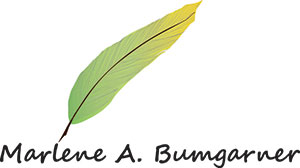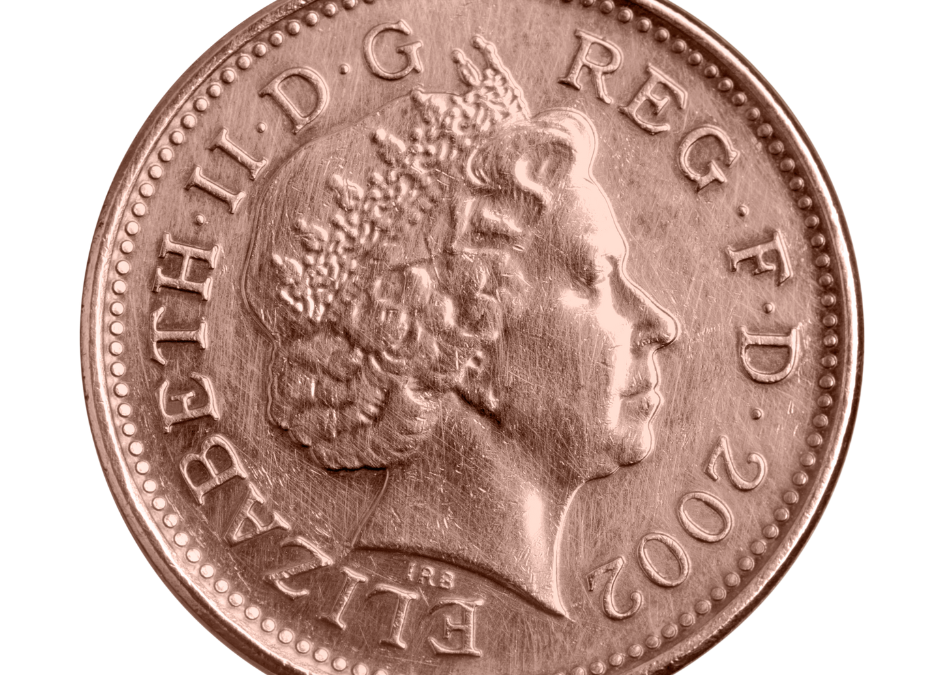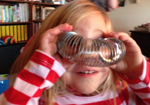 God Save the Queen
God Save the Queen
Standing by the railway tracks in 1954, waving an Australian flag, I began a fascination with the Queen that would last my entire life. My schoolmates and I had been let off school to greet Queen Elizabeth and Prince Phillip as they embarked on a Royal Tour, and to attend the celebratory festival our community held as the royal couple continued their journey across our island nation. The festival grounds were decorated with bunting, banners, and flags. A band played God Save the Queen, Rule Britannia, Jerusalem, and Land of Hope and Glory, British patriotic songs I had learned in school. Those songs became the soundtrack for my life-long relationship with this woman who had not been born to be queen, but who accepted the mantle willingly and would serve her country for seventy years. My child self remembers cheerful music, and familiar English food like pigs in a blanket, mince tarts, Scotch eggs, and trifle for dessert. It was a wonderful party. I was six years old. I had been born in England, sailed across the Atlantic Ocean to America on the RMS Queen Elizabeth, driven west to California, then transported two years later across the Pacific Ocean to Australia. In our luggage on all these journeys was a photo of the Queen as a young woman during World War II. Like my mother, the future queen served in the Auxiliary Territorial Service, or ATS, the women’s branch of the British Army. I think my mother considered Elizabeth to be a kind of patron saint. Mom had followed her life with interest throughout Elizabeth/s London childhood, the war years, her courtship and marriage, and the shocking abdication of her uncle in 1936 that eventually placed her on the throne.
Mom and the Queen
My mother’s adoration of the queen continued during our years in Australia and our return to California, where Queen Elizabeth’s coronation photo took pride of place on the living room wall. For many years I believed she was a member of our family. My numerous aunts and uncles in England fed my growing awareness of the beautiful young queen by sending me frequent “brown paper packages tied up with string,” as Julie Andrews would later sing. My most precious gifts from the early years of her reign included a replica royal carriage, a yellow book that chronicled her childhood through Coronation Day, a large format hardback book with many photos of the Coronation, including photos of treasured historical objects such as crowns, robes, the orb & scepter, etc., and a set of tiny books containing biographies of each of the members of the royal family then alive. I spent many hours reading these books and replaying Coronation Day with my tiny royal carriage. Later would arrive a commemorative book of the Royal Tour, coronation mugs, and children’s story books about London Bridge, the Tower of London, and the Queen’s birthday celebrations.Years later, when I visited London for the first time, it was to the Tower, the Bridge, the Crown Jewels exhibit, and Westminster Abbey that I was drawn. My mother set up the Queen as a model for me. When my hair came out of my barrettes, or I came home from school with stains on my uniform, or once when I tore my dress while climbing a tree, I was chastised and reminded that the queen was always meticulously dressed and poised. I wondered how I could ever be so perfect. Fortunately, my father took a less romantic view of the queen. When I was anxious about an oral report I was expected to give in class, Dad’s pep talk included a reminder that “the Queen puts on her underpants just the same way you do,” a humorous vision that helped me through many public speaking engagements to come.
The Queen and I
I grew up surrounded by British ex-pats in the San Francisco Bay Area. My father belonged to the Sons of St George, a lodge that met at 1 California Street in the city, a majestic office building with a manually operated scissor gate inside a solid door. Once the elevator operator opened both doors on the 6th floor, we exited into a little piece of England, with flags and photos lining the walls of the corridor that led to the Great Hall, where the men met, and the drawing-room, where their wives (and I) waited for them to complete their business. Following the monthly meeting there would be afternoon tea containing the comforting and familiar English food, watched over by a large portrait of the Queen. My life was filled with dart games, cricket tournaments, ballroom dancing at the British American Club, and constant reminders that I was a British subject, ruled over by Queen Elizabeth. And this amazing woman, who I never met, continued to provide examples of stoicism, persistence, and poise as I grew into adolescence and adulthood. When I was seventeen I became an American citizen, but I continued to hang a small picture of the queen on my bedroom wall, It turns out that being a British subject is for life, and so today I hold both a British and an American passport and consider both nations my home. Fast forward to the 1970s and 80s, when I taught my children to eat a boiled egg in a shell with toast soldiers (“just like the queen,” as my mother had told me), and to use a knife and fork properly (“in case you ever take tea with the Queen.” I said). My first two children complied without note, but my youngest girls, media-wise and raised as feminists, balked at this last attempt to anglicize them. “I won’t ever take tea with the queen, Mom”, they said, almost in unison, “she can’t even teach her own children how to behave!” Well, that may be so, but as I struggled to raise four civilized, well-mannered children, it was reassuring to know that the queen had challenges in her domestic life, just as I did.  Her long life was punctuated with challenges, struggles, and faux pas, as well as successes, celebrations, and adoration. All in all, a decent role model for this English girl who still can’t keep her hair in her barrettes. God save the Queen!
Her long life was punctuated with challenges, struggles, and faux pas, as well as successes, celebrations, and adoration. All in all, a decent role model for this English girl who still can’t keep her hair in her barrettes. God save the Queen!
* * * * * *
Marlene Anne Bumgarner writes primarily about food, family, and traditions. Her 2020 memoir, Back to the Land in Silicon Valley, is about raising children, animals, and vegetables on a rural plot of land in the 1970s. Organic Cooking for (not-so-organic ) Families will be out before Christmas. Her next project is a book about Grandparenting, and in her spare time, she is plotting a cozy mystery.
Share this post




Love this article. I lived in Greenwich, London from around age 7-13, and the Queen meant a lot to me personally too. Delighted to read this, its also a great help to me as I consider my first newsletter. Cheers!
How lovely to read a positive account. The prejudice and treatment of Meghan Markle in the last few years has put a pall on my romantic fascination w the British royal family that for me started w Lady Di. (Not a happy story that either.)
I will make the time to comment on some wonderful posts from a few months ago. This post about Queen Elizabeth has lovely images of you as a child. I have no genetic associations with British people, but I enjoy all things English in literature and history. I, too, feel sadness at the passing of such an institution in Britain and in the world. Yes, the Queen gracefully and faithfully did her duty to the end of her long life and has earned her special place. Thanks for your blog.
Thank you, Bea. So good to hear from you! I miss our talks in your cozy corner office. Can’t believe I’ve been retired over ten years.
Wonderful memories Marlene
A lovely memento, this. Your mom and mine would have gotten on ‘famously’. Pinky up while sipping the tea, what. We were scooped up and tossed into the family car for a trip to Vancouver, B.C., a long ride – by children’s standards – so we might get a glimpse of …. Princess Margaret on tour. Hard to grasp a Queen? My little head had real trouble grasping any reason to stand in a crush of Canadians nine deep on the sidewalk on a hot day waving a flag of (to me) uncertain origins for the sister of a Queen. We caught a glimpse, my mom was over the moon, and we left. Fortunately, the Stanley Park Zoo awaited, and we soon forgot our recent inconvenience. Mom was from Melbourne; a war bride married in 1946, having left her parents and large family for the great unknown of America. She would have been tearful these last few days and up at 2 a.m. Monday to watch ALL of the funeral broadcast. Thanks for bringing her to mind through your sweet tribute to your personal Queen mum.
Erik
Great story!! What fantastic memories.
Great article, Marlene. I can’t believe how similar our lives were. My father came over here in 1954 on the Queen Mary. We came soon after on A plane that took two days. I was seven. I remember celebrating on the street were we lived and receiving the coronation cup and saucer while still living in England. I became a citizen at age 16. I still eat with a knife and fork although I was told by a friend I have been over here long enough to eat properly, to me that was properly. My parents belonged to the British American club.
Remarkable, Janet! And did you know that the Queen Elizabeth was scrapped in 1955, but the Queen Mary had another life as a hotel in Long Beach?
Thanks, Nancy. I’m glad to know you enjoy my memories.